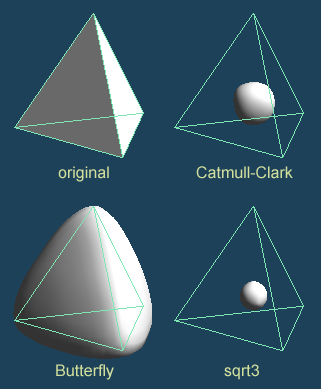

Chaney 1948) and others that the trait evolved prior to the colonisation of northern latitudes, and that this gave Metasequoia a competitive advantage (e.g. Although the shortest of the redwoods, it grows to at least 165 feet.

The living species Metasequoia glyptostroboides is native to Lichuan county in Hubei province, China. Metasequoia, or dawn redwoods, is a genus of fast-growing deciduous trees, one of three species of conifers known as redwoods. It is the biggest, strongest, straightest tree for many days of travel, a Sichuan villager told a visitor in March 1948. For the software, see Metasequoia (software). glyptostroboides, the only extant species and a well known example of a deciduous conifer, but ancient Metasequoia species may have been evergreen: there are theories that winter-deciduous races evolved in response to seasonal fluctuations in light availability after ancient species were able to colonise northern latitudes in the much warmer past (e.g. At an average 100 feet high, Metasequoia is imposing next to the chestnut, oak, and maple trees with which it was found to coexist in China.

Most contemporary descriptions of the genus are in effect descriptions of M. Living trees of Metasequoia were discovered in China in 1941 just months after Miki had published the new genus, but it would be several years before the link between the two events was made and its significance realised – see M. The deccusate arrangement of the seed cone scales are another distinction ( Farjon 2005 Bean 1981). Several samples studied by Miki had previously been assigned to the related genus Sequoia, but Miki realised these and other unnamed samples differed from Sequoia in several respects, notably the opposite, not alternate or spiral arrangement of the leaves, buds and branchlets, which also helps to separate Metasequoia from two of its winter-deciduous cousins, Glyptostrobus and Taxodium. The genus Metasequoia was described by the Japanese botanist Shigero Miki in 1941, from fossils discovered in Japan in Lower Pliocene strata ( Bean 1981).


 0 kommentar(er)
0 kommentar(er)
